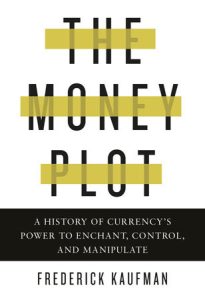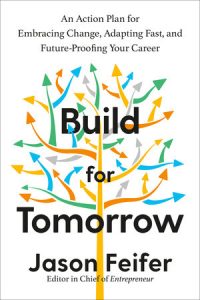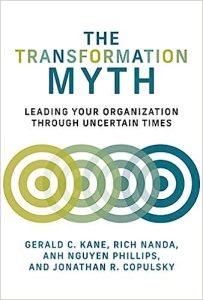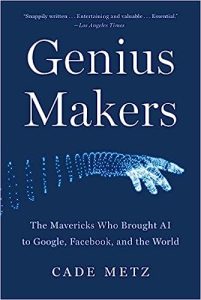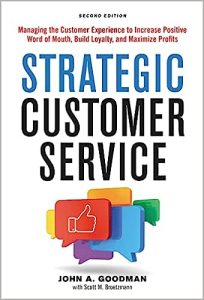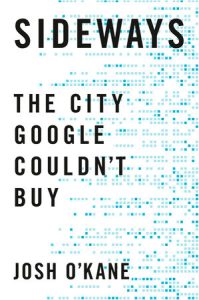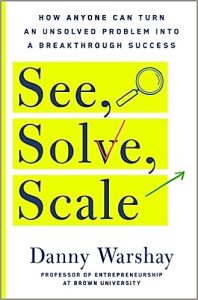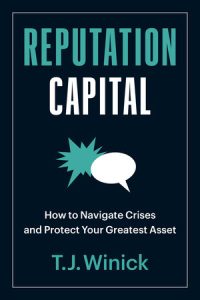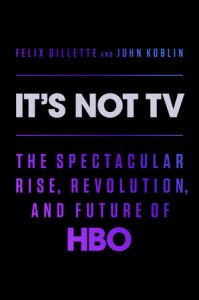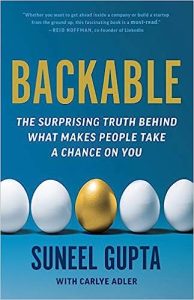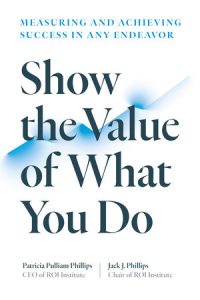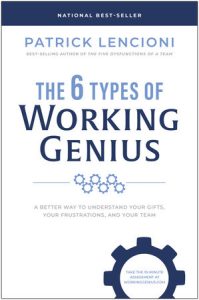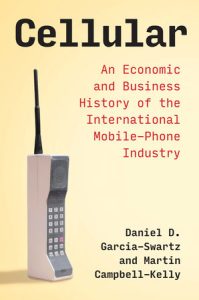10 Simple Secrets of the World’s Greatest Business Communicators
₦6,500.00Based on author Carmine Gallo’s career as a Fortune 500 communications coach and Emmy Award-winning television journalist, 10 Simple Secrets of the World’s Greatest Communicators has been updated and revised to show business people how to achieve their personal and professional goals by mastering the ten simple secrets used by the world’s greatest business communicators. The book offers techniques and proven tips that explain how these successful communicators connect with audiences who demand passion, inspiration, preparation, clarity, brevity, command presence, and simplicity, all delivered in a visually compelling package.



